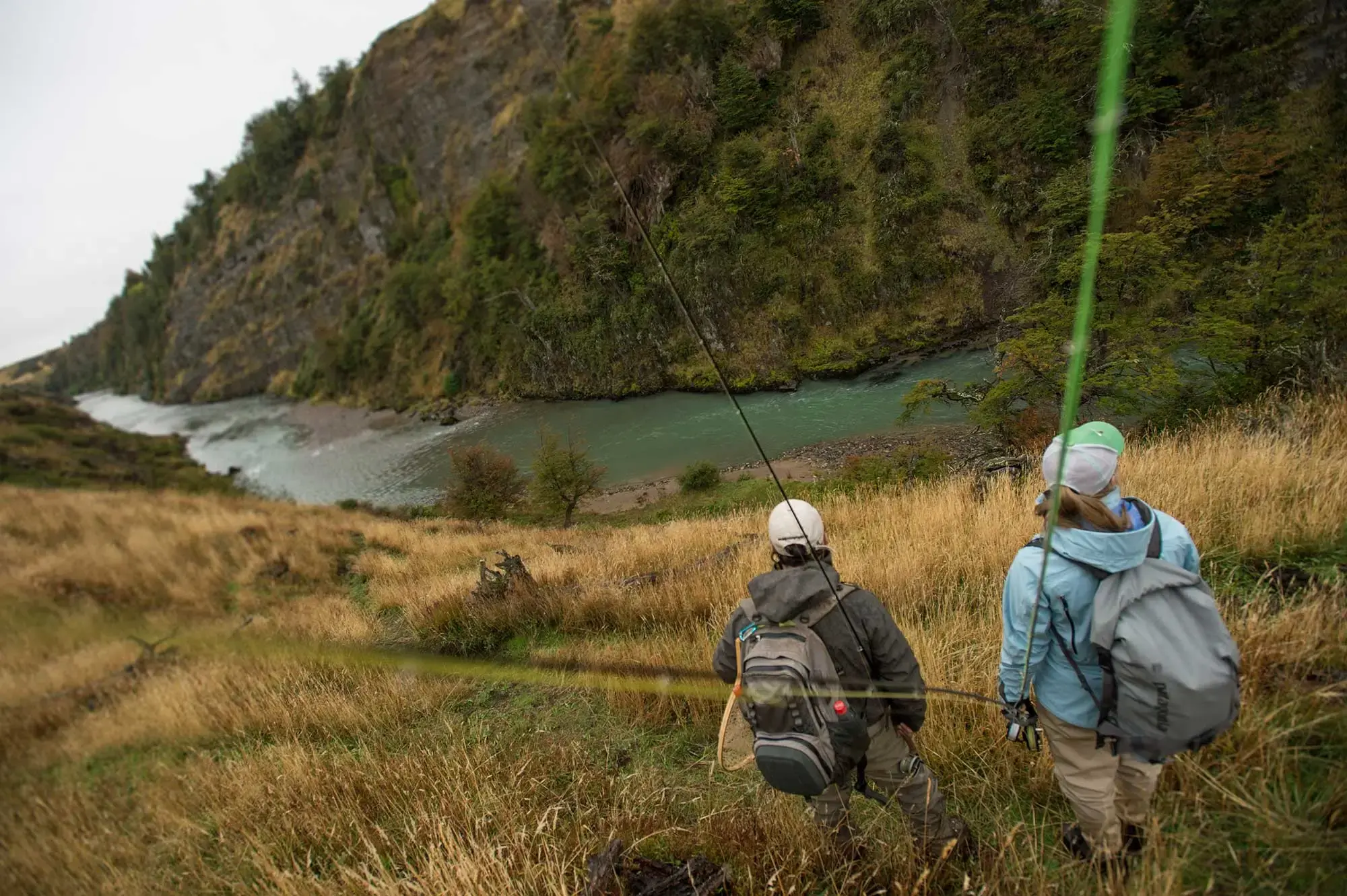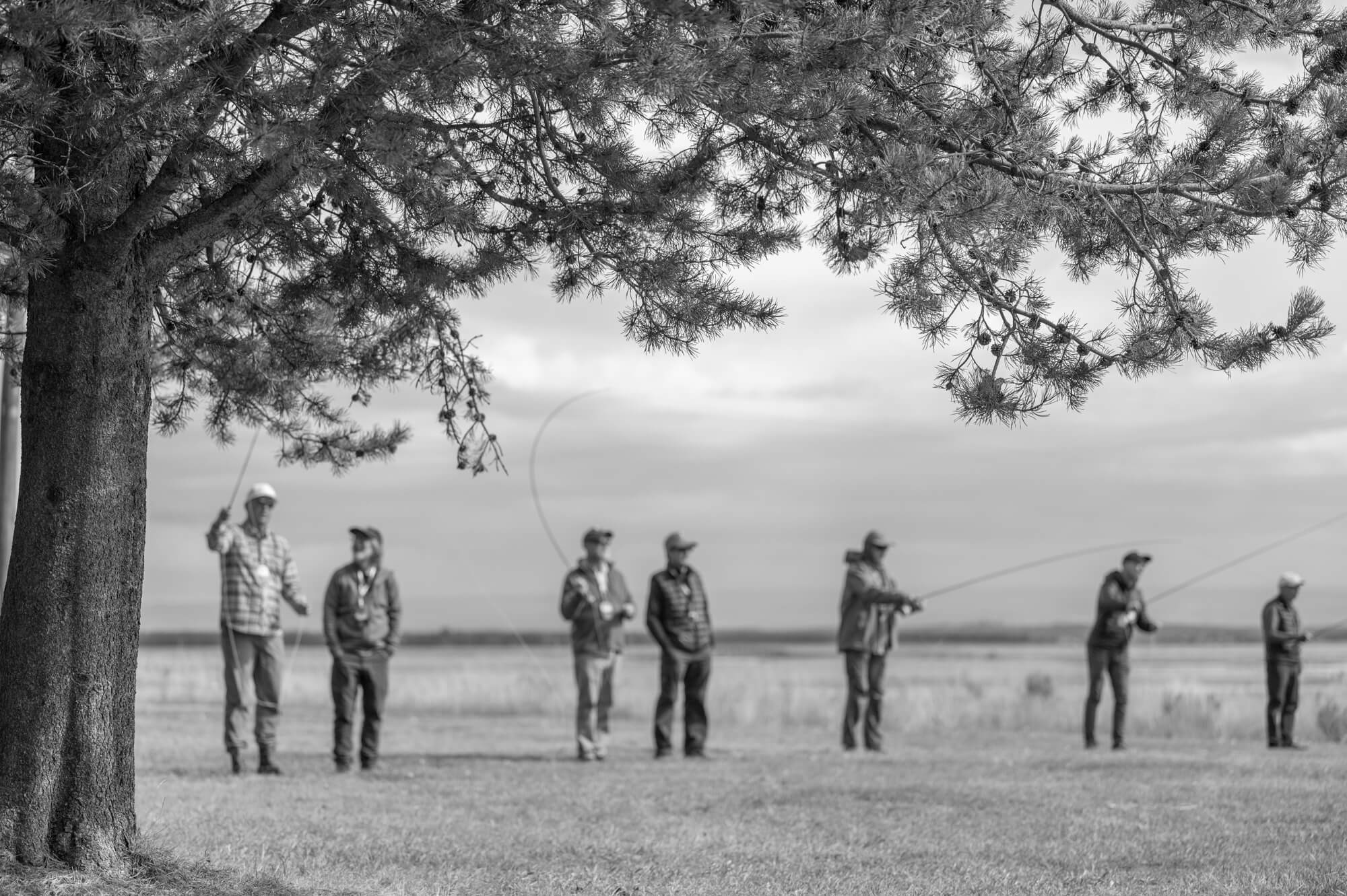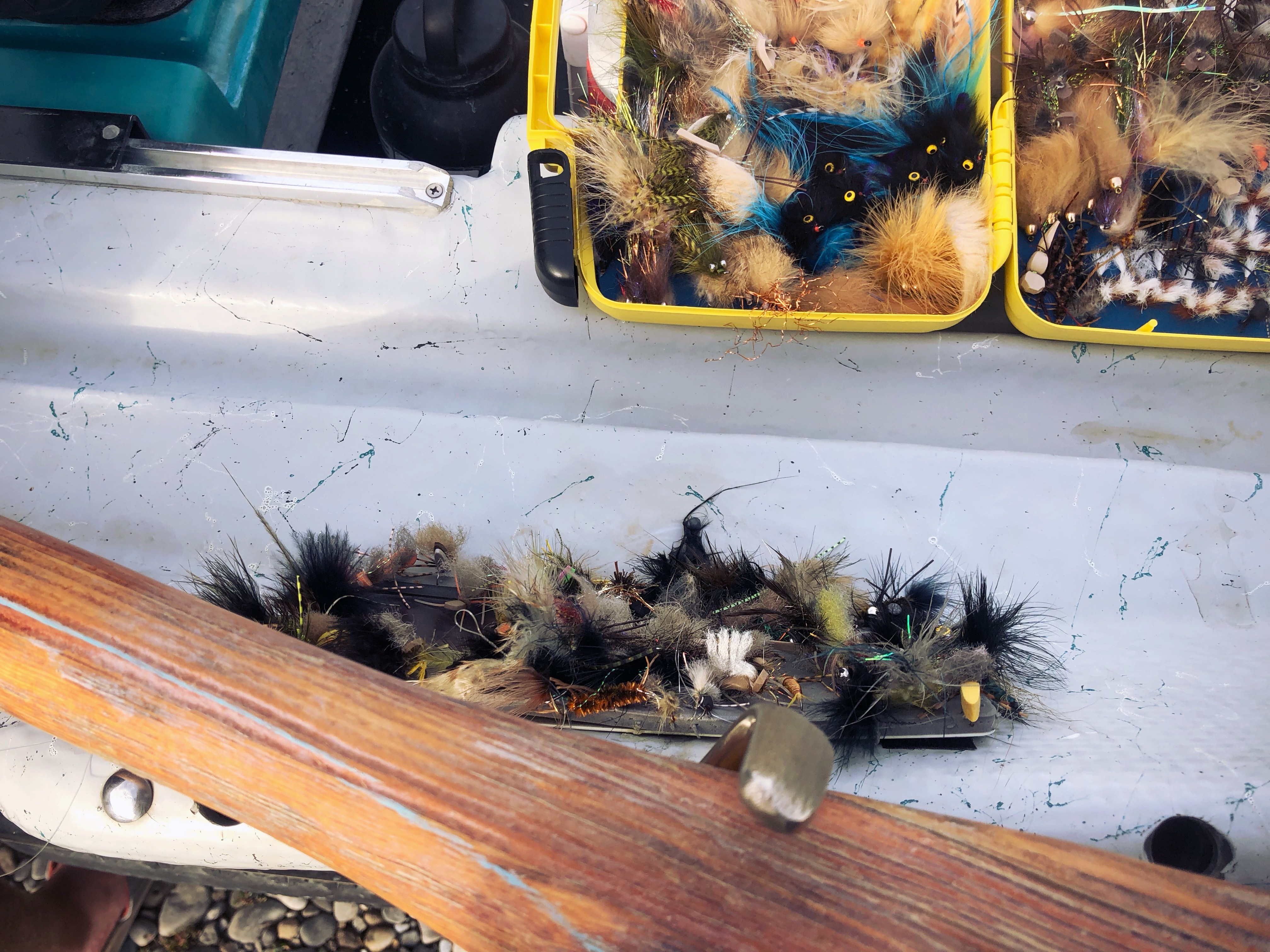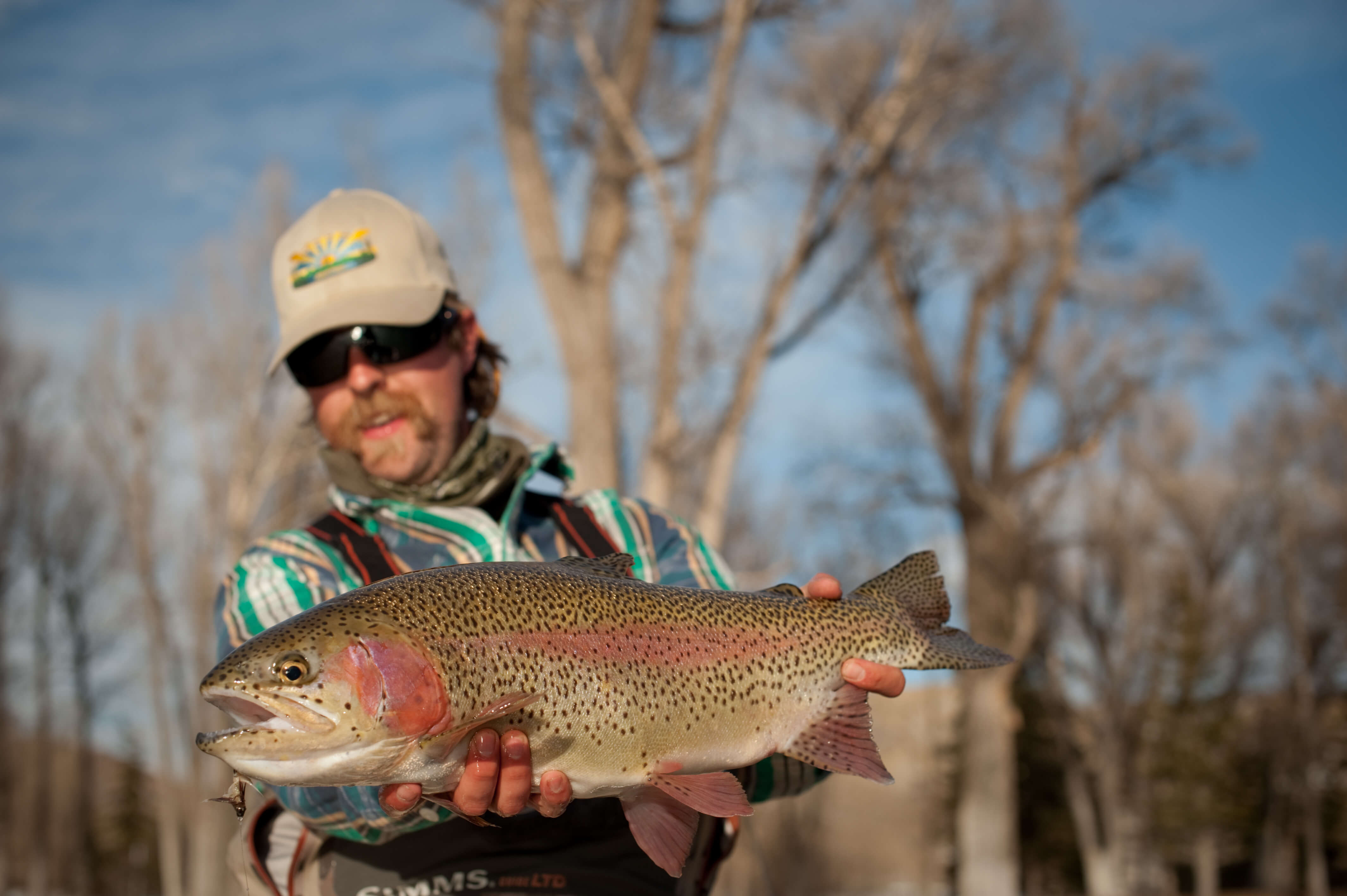Geartalk


Skills
Helping Lisa
Teaching a student to recognize the cause of fly casting problems, and the corrections necessary to fix them.


News
Small Water: Where it All Begins…
Small rivers, streams and wetlands are literally the lifeblood of all aquatic ecosystems.


Skills
Toward Better Casting
Good mechanics set us directly on the path toward complete and total control of our line, leader and fly.


Skills
Observations on the Double Haul
Employed best, a double haul is always additive to the casting experience.
.svg)





